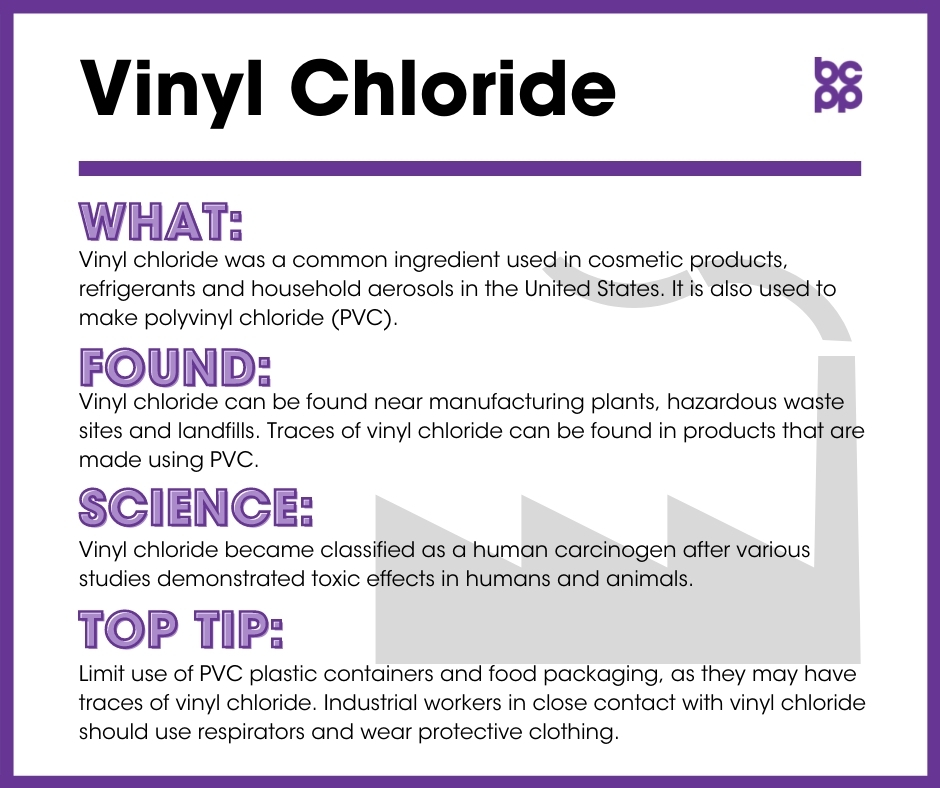
Acute exposure guideline levels AEGLs describe the human health effects from once-in-a-lifetime or rare exposure to airborne chemicals. Methylene chloride is predominantly used as a solvent.
The acute short-term effects of benzyl chloride from inhalation exposure in humans consist of severe irritation of the upper respiratory tract skin eyes and mucous membranes and lung damage along with pulmonary edema fluid in lungs.
Vinyl chloride environmental effects. Acute exposure guideline levels AEGLs describe the human health effects from once-in-a-lifetime or rare exposure to airborne chemicals. Used by emergency responders when dealing with chemical spills or other catastrophic exposures AEGLs are set through a collaborative effort of the public and private sectors worldwide. Methylene chloride is predominantly used as a solvent.
The acute short-term effects of methylene chloride inhalation in humans consist mainly of nervous system effects including decreased visual auditory and motor functions but these effects are reversible once exposure ceases. The effects of chronic long-term exposure to methylene chloride suggest that the central nervous system CNS. Acetyl chloride is an efficient acetylating agent for alcohols and amines to produce esters and amides.
It is important in the synthesis of dyes and pharmaceuticals. Acetyl chloride is used in the Friedel-Craft acylation of benzene to yield acetophenone. The acute short-term effects of benzyl chloride from inhalation exposure in humans consist of severe irritation of the upper respiratory tract skin eyes and mucous membranes and lung damage along with pulmonary edema fluid in lungs.
Exposure to high concentrations also causes effects on the central nervous system CNS. Animal data indicate that long- term exposure to benzyl chloride.